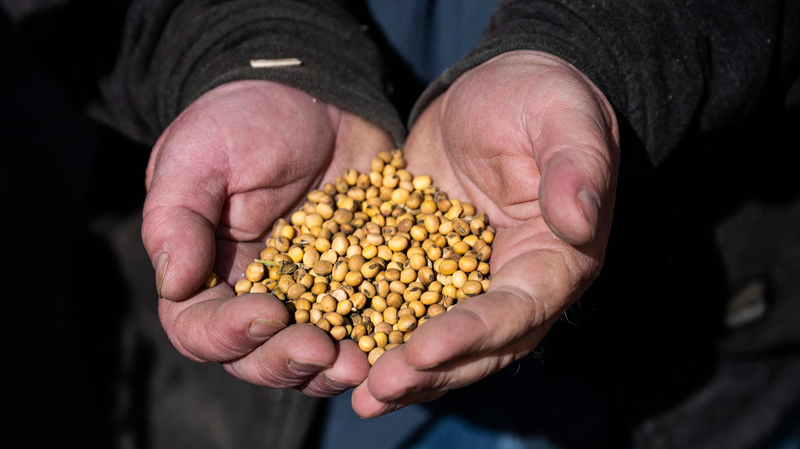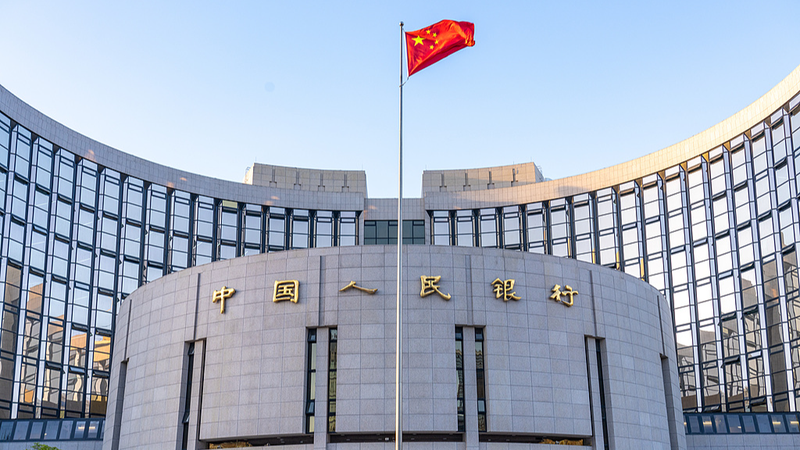Ever wondered who foots the bill when big-shot economies go head-to-head with tariffs? 🌍💸 The recent US vs the Chinese mainland trade spat is hiking up shipping fees, and guess who’s taking the hit? US farmers.
Here’s the lowdown: the US proposed slapping hefty port fees on vessels built and operated by the Chinese mainland. We’re talking up to $1 million per trip for mainland-operated ships, and $1.5 million if they’re mainland-built. Ouch! 🚢💥
Originally aimed at challenging the Chinese mainland’s dominance in sea freight, these fees end up hiking costs across the board. And when shipping gets pricier, exporters pass that bill down the line—right into the hands of those sending soybeans, corn and beef overseas.
US farmers rely on affordable sea routes to move their harvests. Now, they face steeper bills just to get cargo out of port. Think of it like ordering your latest smartphone online only to see the delivery fee double. Not cool. 📱📦
This boomerang effect shows how tariffs can ping-pong back to domestic pockets, even if the target is foreign fleets. And in our interconnected world, rising costs can ripple into global food prices—affecting markets from Jakarta to Dhaka.
So what’s next? Will US policymakers rethink these fees before harvest season kicks into high gear? Or will farmers have to dig deeper into their wallets this year? Stay tuned—this one’s far from over. 👀
Reference(s):
cgtn.com




